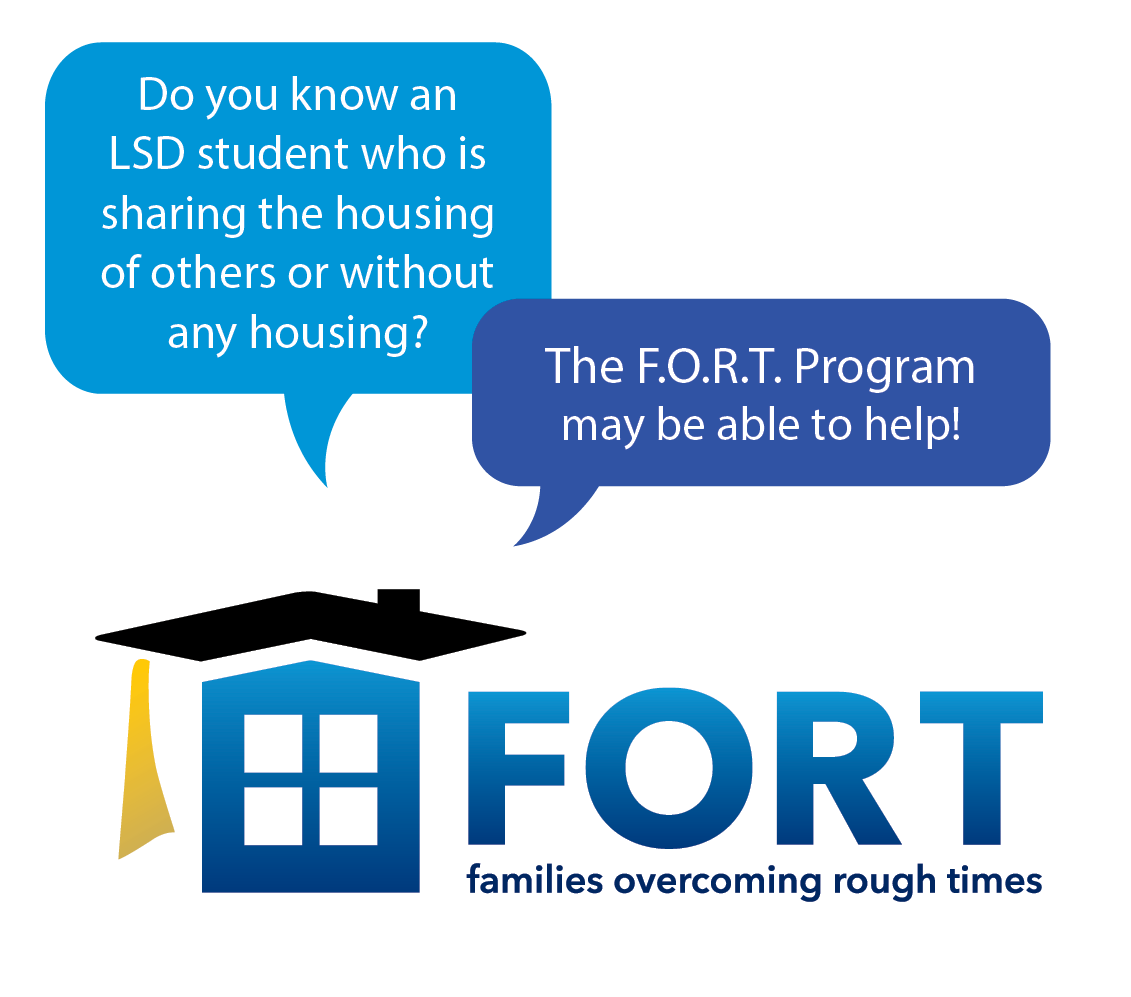
For more information regarding homeless services, including checking your eligibility and enrollment, contact the Families Overcoming Rough Times (FORT) Helpline (517)755.2813
The McKinney-Vento Homeless Education Act ensures educational rights for children and youth experiencing homelessness. The primary goal is educational stability.
The Act defines homeless students as those who:
- Lack a fixed, regular, and adequate nighttime residence;
- Share the housing of other persons, live in motels, hotels, trailer parks, or camping grounds due to the lack of alternative adequate accommodations; live in emergency or transitional shelters;
- Have a primary nighttime residence that is a public or private place not designed for or ordinarily used as a regular sleeping accommodation for human beings;
- Live in cars, parks, public spaces, abandoned buildings, substandard housing, bus or train stations, or similar settings;
- Are migratory and live in the conditions set forth in items 2-4 above.
Homeless students have certain educational rights and can: enroll without delay in school (zoned or school of origin) without proof of residency or permanent address, immunization, school records, or other documents or while documentation is being obtained; choose between the local school where they are living or the school last attended before becoming homeless, when requested by the parent/guardian and determined by the district to be feasible and in the student’s best interest; attend school and participate in school programs with children who are not homeless; and receive all the school services available to other students including transportation services, special educational services where applicable, and other supportive services (food, housing, clothing, etc.).


